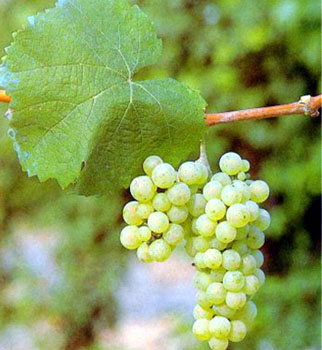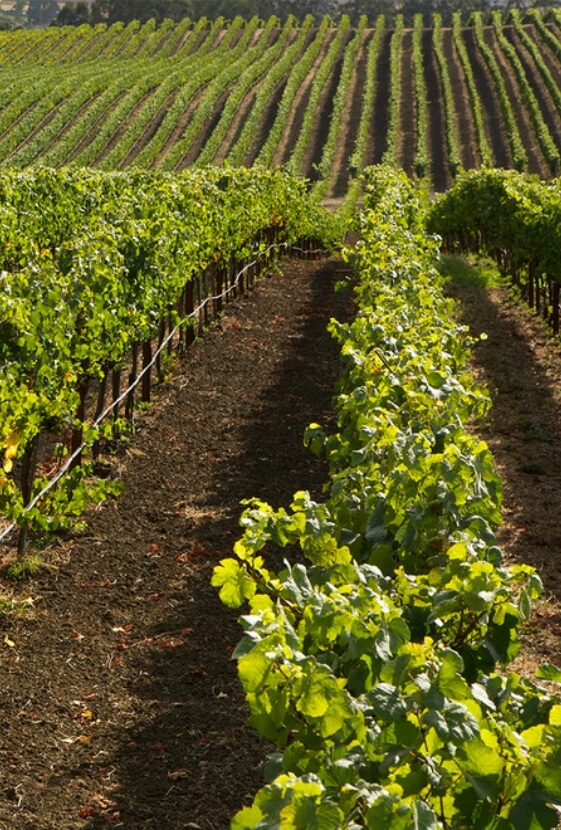
Grape Glossary
Riesling may be vinified dry, semisweet or sweet; still or sparkling; as a late-harvest wine; as a botrytized wine, in which overripe grapes are affected by the fungus also responsible for Sauternes; and as an ice wine, produced from frozen grapes. Riesling is assertive yet elegant, with good balance, complexity and strong acidic vividness. It is revered for its adaptability and its tendency to reflect its soil, which produces distinctive nuances from different mineral profiles (eg. the classic Mosel slate).
Germany is renowned for producing great Rieslings. The wines are categorized as Kabinet, Spätlese and Auslese: from selected bunches; Beerenauslese: selected berries; Trockenbeerenauslese: selected botrytized berries; and Eiswein: frozen berries.
Alsace is known for dry Rieslings as well as similar late-harvest and botrytized wines. Many of the nearly dry wines intentionally have a bit of residual sugar to balance the high acidity.
Riesling is a genetically stable vine: Its clonal variations strongly resemble each other. The vine requires a cool climate and extended growing season to fully develop its aromas and flavors, which are lost if the fruit ripens too quickly. Deep, well drained, sandy clay and loam soils on sheltered, sunny slopes are best. Riesling buds late and is highly resistant to frost. It is potentially extremely prolific. The vine’s compact bunches of small, thin skinned berries make it subject to rot in cold, damp conditions. The fruit is highly aromatic, floral, and high in extract, with sharp acidity.
Riesling descended from a wild vine in the Rhine Valley. It was most likely domesticated during the Middle Ages and the name riesslingen first appeared in records in 1435. It is perhaps second only to Chardonnay in producing the world’s finest white wines suitable for extended aging. By 1477 Riesling was found in Alsace and spread throughout the Rhine and Mosel Valleys as well as to Italy, Austria and the Balkans. It arrived in California around 1857, in Washington around 1871 and in Australia around 1880. Today Riesling is most prevalent in Germany. Riesling is also grown in New Zealand, Canada, and the Slavic countries of eastern Europe.

